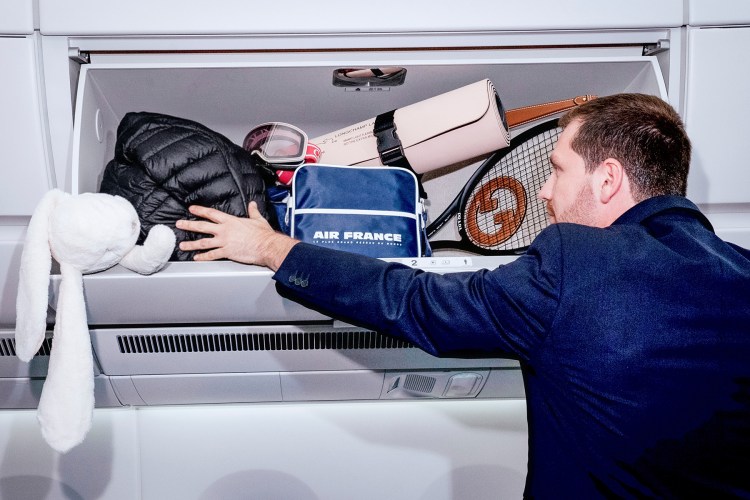If you happen to catch the late-afternoon Sunday football game on CBS—and it doesn’t run overtime—you’ll likely be treated to the latest episode of the long-running TV newsmagazine, 60 Minutes, which debuted in 1968 and was created by award-winning TV producer Don Hewitt. It has been listed among the top TV shows in history, and arguably, has taken broadcast journalism—and just journalism, in general—far beyond its humble beginnings.
Fifty years later, the show is getting an in-depth biography courtesy of Jeff Fager, in the aptly (and quite pithily, might we add) titled Fifty Years of 60 Minutes.
A former CBS News chairman and executive producer of the show, a portion of Fager’s book was recently excerpted in Vanity Fair (it hits bookshelves on Oct. 24). RealClearLife has distilled all the choicest morsels from it below:
-It took Hewitt getting fired in 1965 to come up with the idea for 60 Minutes. The idea was to recast Life magazine for a television audience.
-Hewitt was one of the first TV producers to use the technical trick of identifying people and places on-screen (a.k.a. “chyrons” and “supers”). He got the idea from a specials board at a local diner.
-Among his long list of early accomplishments is producing the first Nixon-Kennedy debate in 1960.
–60 Minutes had eight different time-slots before landing on Sunday night and has featured a bevy of name news talent, including Dan Rather, Mike Wallace, Andy Rooney, Morley Safer, and Diane Sawyer.
-Hewitt was a rather direct character, and Fager remembers a particularly funny story from early on: “I’ll never forget his verdict on one of the first stories Steve [Kroft] and I did—on Poland’s attempts, after the fall of the Berlin Wall, to start up a free-market economy. After the tape rolled and the lights came on, Don swiveled his chair around in my direction. He was underwhelmed. ‘Where do you want it, kid?’ he asked me. ‘Right between the eyes?’”
-Ed Bradley was sort of the archetypal 60 Minutes correspondent, who had a ton of famous friends, including Harrison Ford and Hunter S. Thompson, and was groundbreaking for TV, as he was African-American. Hewitt enjoyed boasting to people about hiring him: “[Bradley’s] a great reporter and a great gentleman, and if that ain’t a minority I’ve never heard of one.”
-One time, Safer did a story on U.S. troops setting fire civilian huts in Vietnam during the war, and President Lyndon B. Johnson tried to get him fired for it.
-Of Wallace, Fager writes: “Almost everybody loved being around him. He was a spark, an invigorating presence, and yet he had dark moments that we all knew to wait out. Only years later would we learn that Mike struggled with clinical depression and, in the mid-1980s, had tried to take his own life.”
This article appeared in an InsideHook newsletter. Sign up for free to get more on travel, wellness, style, drinking, and culture.






















